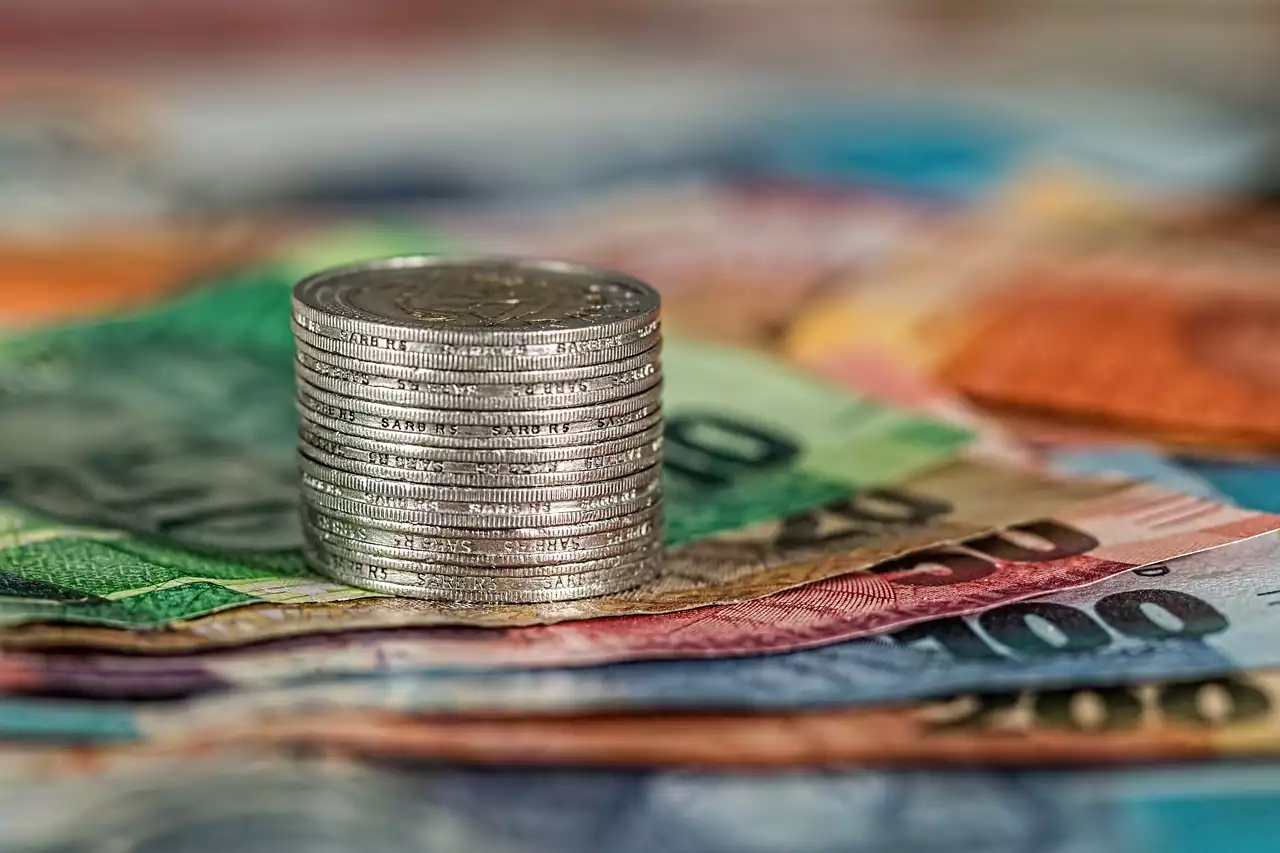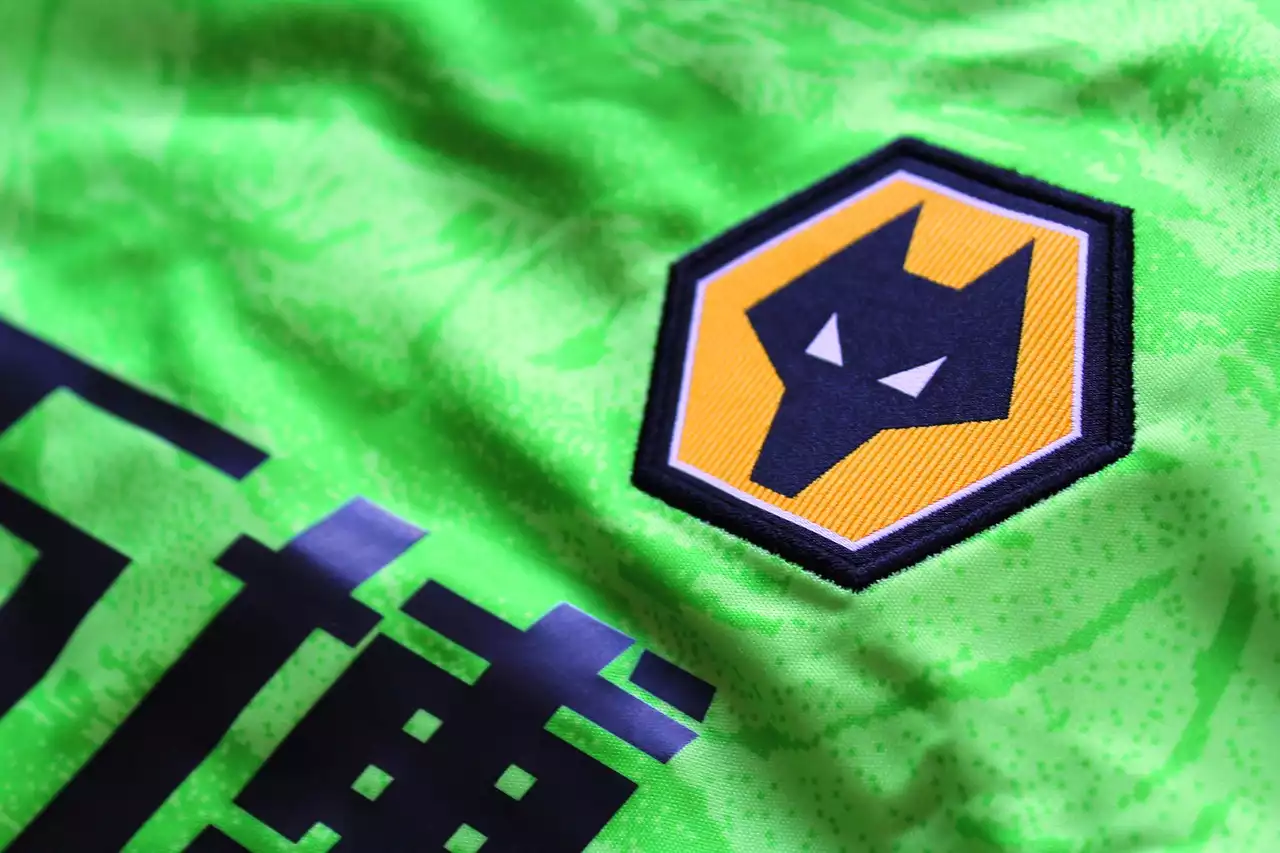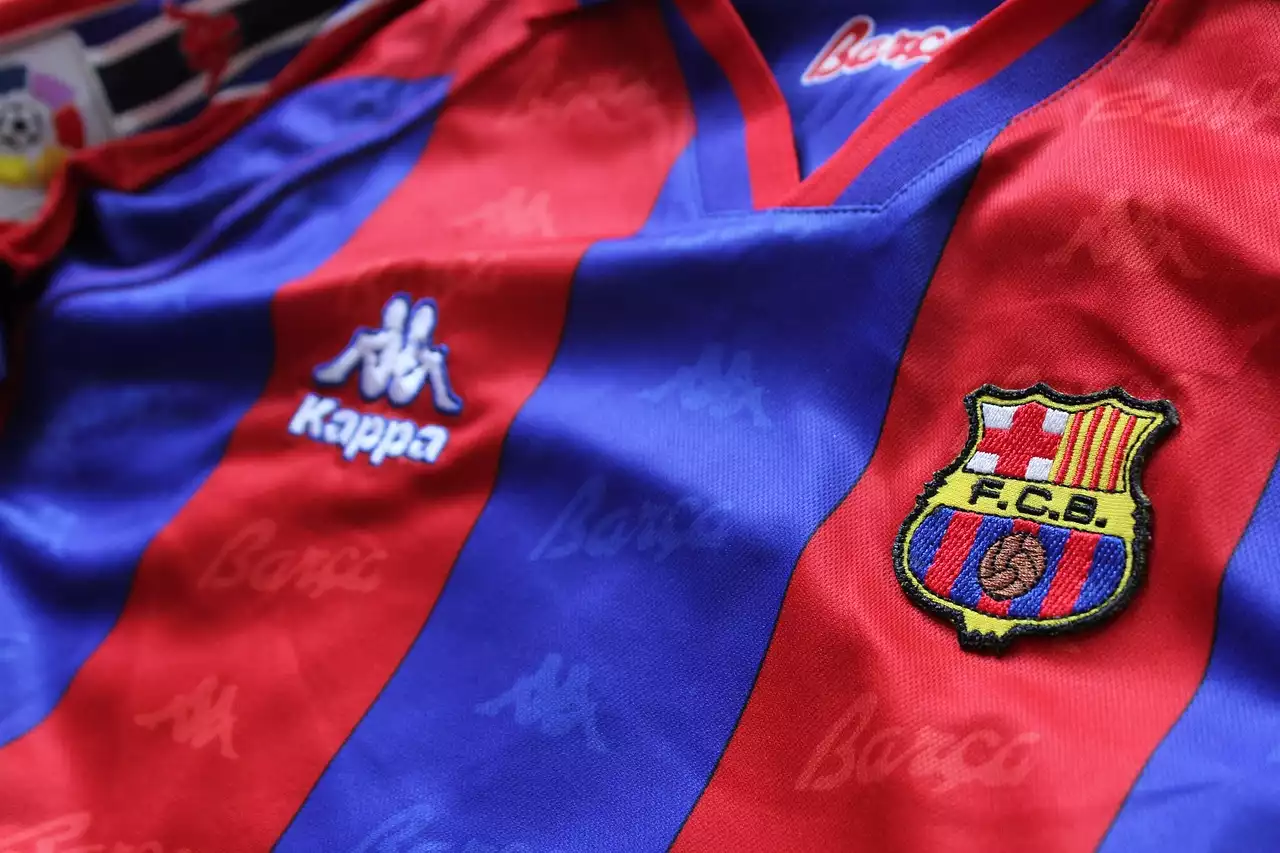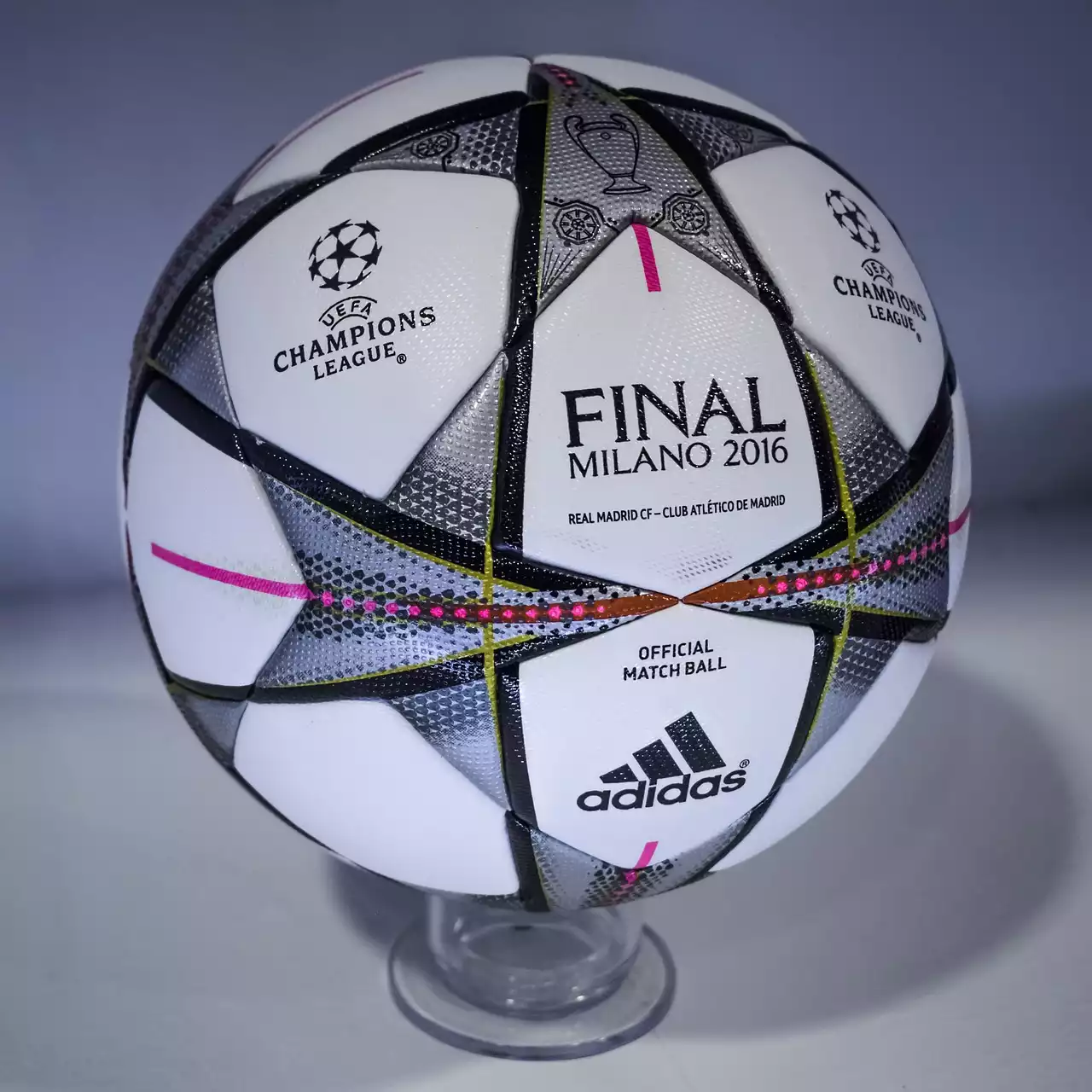The Popularity of the Champions League
The Champions League, with its rich history and tradition, has become one of the most prestigious and widely followed sporting events in the world. The tournament brings together the top clubs from across Europe, showcasing the best players and the highest level of competition. The allure of the Champions League goes beyond just the sport itself; it represents a sense of pride and identity for fans, who passionately support their favorite teams and players. This emotional connection drives the demand for Champions League merchandise, as fans seek to express their allegiance and be a part of the excitement surrounding the tournament.
The popularity of the Champions League has grown exponentially over the years, thanks to advancements in technology and media coverage. Fans from all corners of the globe can now tune in to watch matches live, follow their favorite players on social media, and engage in discussions with fellow fans. This global reach has opened up new markets for Champions League merchandise, allowing clubs and sponsors to tap into a vast consumer base and increase their revenue streams. The combination of passionate fans, global exposure, and a sense of exclusivity associated with the tournament has made the Champions League a marketing goldmine for clubs and sponsors.
The Economics of Sports Merchandise
Sports merchandise has evolved into a billion-dollar industry, with fans eagerly spending their hard-earned money on products that allow them to showcase their support for their favorite teams. The economics behind sports merchandise are driven by a combination of factors, including brand loyalty, emotional attachment, and the desire to be part of a community. These factors create a strong demand for sports merchandise, which clubs and sponsors capitalize on to generate substantial revenues.
One of the key drivers of the sports merchandise market is the emotional connection between fans and their teams. Fans often develop a deep sense of loyalty and attachment to their favorite clubs, which translates into a willingness to spend money on merchandise that represents their allegiance. This emotional connection creates a strong demand for sports merchandise, as fans seek to display their support and be a part of the team's success. Clubs and sponsors leverage this emotional connection to create a sense of exclusivity and scarcity around their merchandise, driving up its perceived value and increasing sales.
Another factor that contributes to the economics of sports merchandise is the power of branding. Successful clubs have built strong brands that resonate with fans, representing not just a team but a lifestyle and a set of values. Fans are willing to pay a premium for merchandise that carries the club's logo and branding, as it allows them to express their identity and be associated with the club's success. Clubs and sponsors invest significant resources in building and maintaining their brands, understanding that a strong brand presence is crucial in driving merchandise sales.
Factors Influencing the Demand for Champions League Merchandise
The demand for Champions League merchandise is influenced by a variety of factors, ranging from the performance of the teams to the popularity of individual players. The success of a team in the tournament can have a significant impact on merchandise sales, as fans are more likely to invest in merchandise when their team is performing well. Additionally, the popularity of individual players can drive demand for merchandise, as fans seek to own jerseys and other products associated with their favorite players.
The timing and novelty of merchandise releases also play a role in driving demand. Limited-edition or special edition merchandise, such as commemorative jerseys or collectibles, often generate a frenzy among fans who want to own a piece of history. These limited-edition items create a sense of exclusivity and scarcity, driving up their perceived value and increasing demand. Clubs and sponsors carefully plan their merchandise releases to coincide with key moments in the tournament, such as the knockout stages or the final, to capitalize on the heightened excitement and generate maximum sales.
The demographic profile of fans also influences the demand for Champions League merchandise. Different regions and countries have varying levels of football fandom, with some markets being more passionate and willing to spend on merchandise than others. Clubs and sponsors tailor their merchandise offerings to cater to the preferences and tastes of different fan bases, ensuring that they can capture as much of the market as possible. Additionally, the rise of e-commerce and online shopping has made Champions League merchandise accessible to fans worldwide, further expanding the potential customer base.
Pricing Strategies for Champions League Merchandise
Pricing plays a crucial role in the success of Champions League merchandise. Clubs and sponsors must carefully balance the need to generate revenue with the desire to make the merchandise accessible to fans. Setting the right price requires a deep understanding of the market, including factors such as the perceived value of the merchandise, the purchasing power of the target audience, and the competitive landscape.
One common pricing strategy for Champions League merchandise is to offer tiered pricing, with different price points catering to different segments of the market. This allows clubs and sponsors to capture a wide range of customers, from those who are willing to pay a premium for exclusive merchandise to those who are looking for more affordable options. By offering a variety of price points, clubs and sponsors can maximize their revenue potential and ensure that fans of all budgets can participate in the excitement of the Champions League.
Another pricing strategy is to create a sense of scarcity and urgency by offering limited-time promotions or discounts. This strategy taps into consumers' fear of missing out and creates a sense of urgency to purchase. By offering limited-time discounts or exclusive offers, clubs and sponsors can drive up demand and increase sales. However, it is important to strike the right balance, as excessive discounting can devalue the merchandise and erode profit margins.
The Role of Licensing and Sponsorship in Merchandising
Licensing and sponsorship play a crucial role in the merchandising of Champions League products. Licensing agreements allow clubs and sponsors to use the official logos, names, and branding of the tournament, adding credibility and authenticity to the merchandise. These licensing agreements also provide a revenue stream for the tournament organizers, who receive royalties from the sale of licensed merchandise.
Sponsorship deals further enhance the visibility and reach of Champions League merchandise. Sponsors often invest significant resources in marketing and promoting the tournament, leveraging their brand power to increase awareness and drive sales. This partnership between sponsors and clubs creates a symbiotic relationship, as the clubs benefit from the financial support and marketing expertise of the sponsors, while the sponsors benefit from the exposure and association with the prestigious tournament.
Case Studies of Successful Champions League Merchandise Campaigns
Several Champions League merchandise campaigns have achieved remarkable success, capturing the imagination of fans and generating impressive sales figures. One such example is the collaboration between Nike and FC Barcelona. Nike, the official kit supplier for FC Barcelona, has created iconic jerseys that have become highly sought after by fans worldwide. The partnership between Nike and FC Barcelona has been a win-win, with Nike benefiting from the global popularity of the club and FC Barcelona enjoying the financial support and marketing expertise of Nike.
Another successful campaign is the partnership between Adidas and Real Madrid. Adidas, the official kit supplier for Real Madrid, has created a range of merchandise that caters to the diverse fan base of the club. From replica jerseys to training gear, Adidas has tapped into the passion and loyalty of Real Madrid fans, creating a wide range of products that allow fans to showcase their support. The partnership between Adidas and Real Madrid has been instrumental in driving merchandise sales and enhancing the brand value of both parties.
Challenges and Opportunities in the Champions League Merchandise Market
The Champions League merchandise market is not without its challenges. Counterfeit merchandise is a persistent problem, with unscrupulous individuals and organizations seeking to profit from the popularity of the tournament. Counterfeit merchandise not only undermines the revenue streams of clubs and sponsors but also dilutes the brand value of the tournament and erodes consumer trust. To combat this issue, clubs and sponsors invest in anti-counterfeiting measures, such as holograms and unique identifiers, to ensure the authenticity of their merchandise.
Another challenge is staying ahead of changing consumer preferences and trends. The Champions League merchandise market is highly competitive, with clubs and sponsors constantly vying for the attention and wallets of fans. To maintain their edge, clubs and sponsors must stay attuned to consumer preferences, adapting their merchandise offerings to reflect the latest trends and innovations. This requires ongoing market research and a willingness to experiment with new designs and product categories.
Despite the challenges, the Champions League merchandise market presents numerous opportunities for growth and expansion. The global reach of the tournament, combined with the passion and loyalty of fans, creates a fertile ground for clubs and sponsors to tap into new markets and increase sales. The rise of e-commerce and online shopping has further expanded the potential customer base, allowing clubs and sponsors to reach fans in even the most remote corners of the world. By embracing digital marketing strategies and leveraging the power of social media, clubs and sponsors can engage with fans on a deeper level and create a sense of community around their merchandise.










